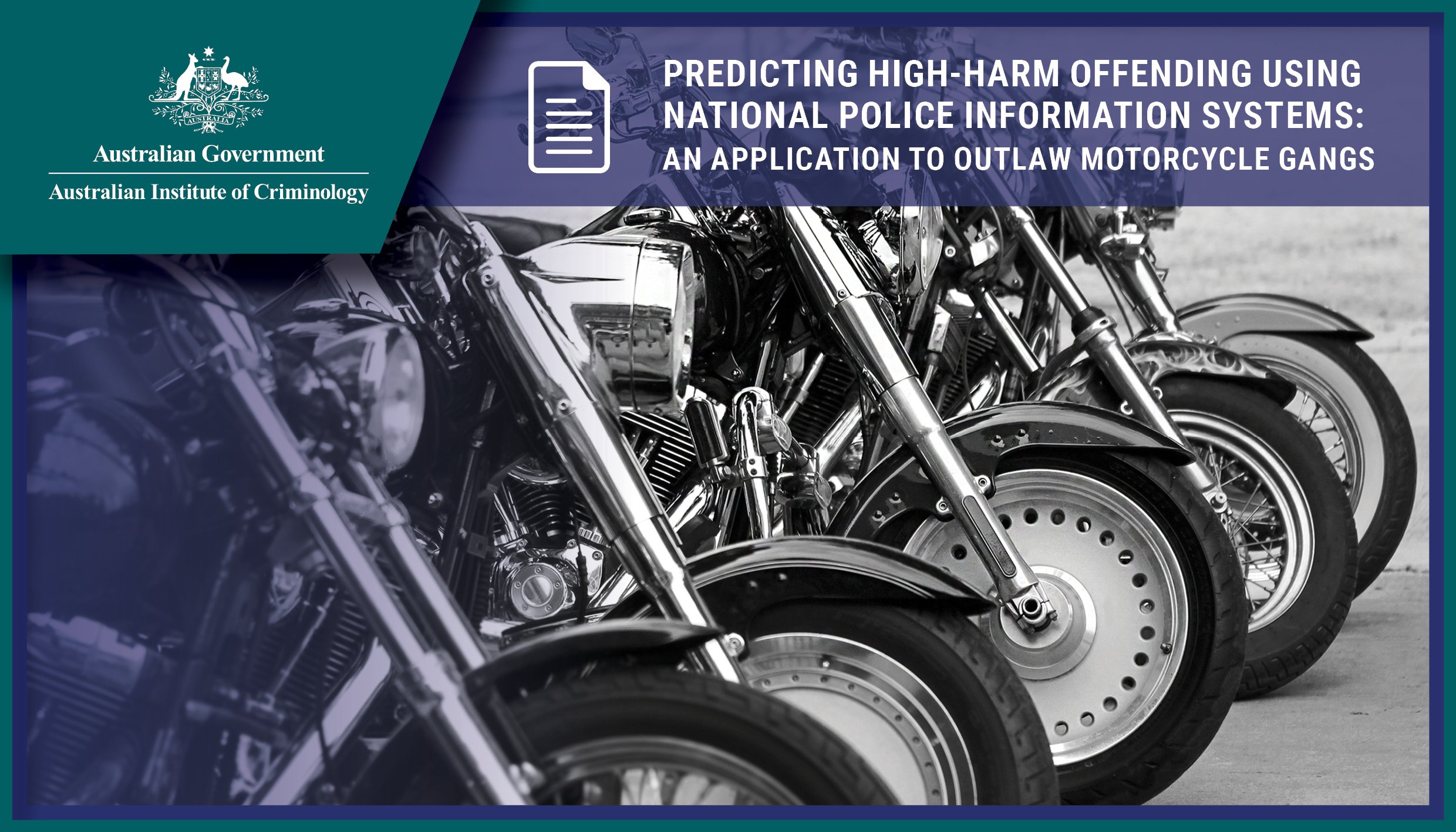By Jason Beaman
This final research report describes a project that used various data sources to analyze the relationship between methamphetamine usage metrics, such as overdose deaths and related crimes, and violent crime such as rape and robbery, in order to inform law enforcement and other stakeholders of upstream prevention for crimes related to methamphetamine use. The project’s key objectives included developing a dashboard, analyzing methamphetamine-crime intersections, and assessing the influence of social determinants of health (SDOH) of methamphetamine use. Results demonstrated significant correlations between methamphetamine overdoses and violent crimes, especially economic-compulsive crimes. The report highlights distinct patterns and geographic variations among rural and American Indian communities. The report notes that results emphasize the complex interplay between methamphetamine use, violent crime, and socio-economic factors, and it advocates for targeted prevention strategies. It also offers the Oklahoma Methamphetamine Data Initiative (OKMDI) framework for addressing substance use and violence as a tool for policymakers and law enforcement.
Stillwater, OK: Oklahoma State University, 2024. 39p.




